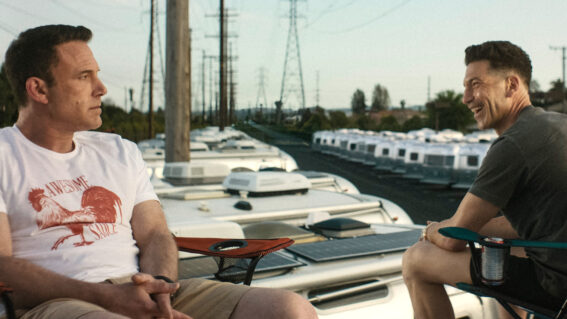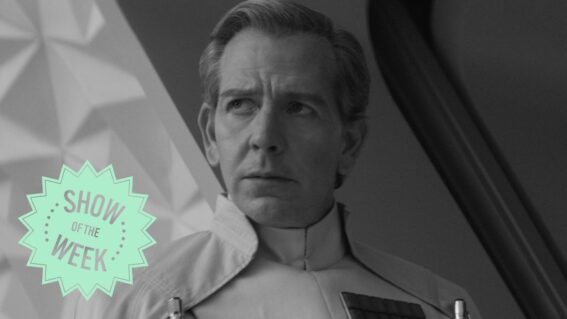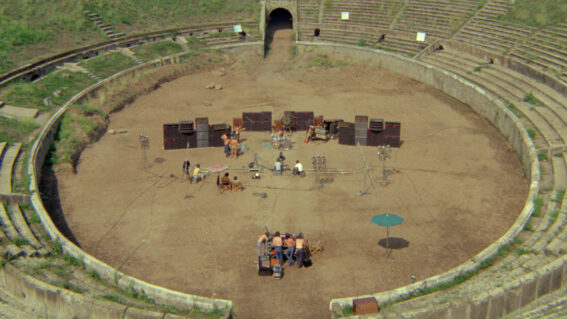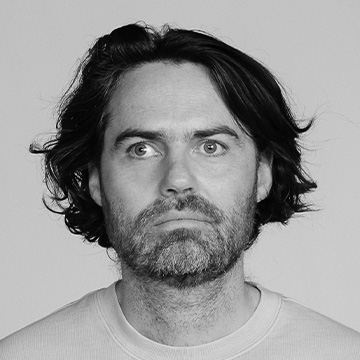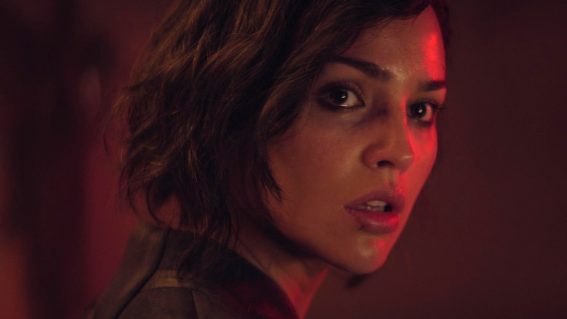Q&A with director Dan Salmon – ‘Pictures of Susan’
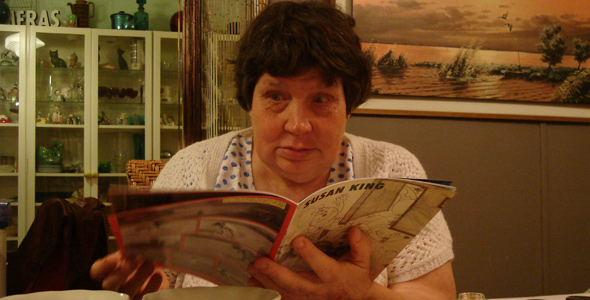

Susan King
Auckland artist Susan King has not talked since 1955, when she was four years old. Expressing herself with over 10,000 drawings since then, her work has recently received the attention of the international art world.
Documentarian Dan Salmon captured her late rebirth over a three year period. We asked him a couple of questions…
Hello from Flicks. How are you doing?
Great, really looking forward to the premiere of Pictures of Susan, and watching it at Sky City theatre with Susan and her family.
What should people expect from Pictures of Susan?
I’d like them to have their minds opened to human potential, not just in those people we put on pedestals as being over achievers, but to the potential of anyone you might not look twice at in a supermarket queue. I hope audiences will be moved and inspired by the film, but more than that go on the same journey of getting to know Susan King that I had making the film.
What are you trying to convey with the film?
There are a number of provocative ideas bouncing around in the film, questions about art and commerce, creativity and the role of family in our lives and achievements, our perceptions of mental health, and the way institutions are there to help us, but sometimes with the best intentions can make things much worse, but there are a few simple messages too. That everyone gets a second chance. The importance of being loved. That no matter how unresponsive a person may seem from the outside, they may have an astonishing inner life you will only ever see if you put the time into them.
There was a point in filming where her sister suggested she shake my hand goodbye. [Susan] put out her hand and we shook. It doesn’t sound like much, but when I turned around the cameraman was crying.
Could you share your strongest memory from filming?
When I first met Susan she was quite unresponsive. I don’t think she was like that with her family necessarily, but for me as a stranger it took a long time to feel that she was reacting to me. There was a point in filming where her sister suggested she shake my hand goodbye. She put out her hand and we shook. It doesn’t sound like much, but when I turned around the cameraman was crying. It was a big moment for both of us.
What first drew you to Susan?
Her thousands of astonishing, provocative, funny and sometimes quite naughty pictures.
What thoughts about Aotearoa come to mind when you look at her artwork?
Hmmm. A lot of her work is inspired by things around her, either in the home, around Auckland, or in popular culture. There are drawings of recognisable buildings, the Auckland Harbour Bridge, characters with moko, a whole series of ‘fanta men’ the clown used to advertise fanta in the 60s.
But then at the same time there are international elements, a picture of Winston Churchill when he died for example. And she might combine these elements by giving a cartoon character a moko. I think her art is an expression of her inner life, and when you look closely you see what a great sense of humour she has.
If you could make a film about anyone living or dead who would it be?
Jelly Roll Morton. The pianist with the diamond in his tooth. (Or if he was still alive – Kurt Vonnegut)
What was the last great film you saw?
I really enjoyed Searching for Sugar Man – playing in the Fest this year too.
What’s the best piece of advice you’ve ever been given?
A wise Scottish director once said to me, “It’s nice to be important but it’s more important to be nice.” He was right, but another Scots friend used to say “You cannae afford baggage on your way to the top son.” Filmmaking seems to be about balancing these two sayings.
What are you thinking about doing next?
I’m collaborating with Claudia Pond Eyley on a film about our ex-PM Helen Clark.

